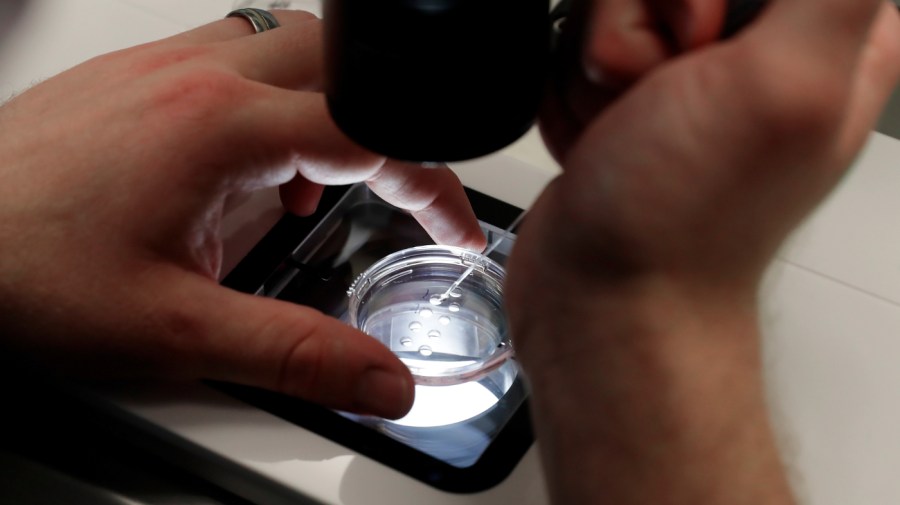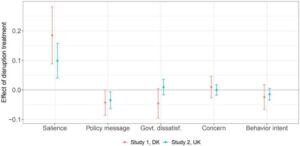
Debates surrounding the pro-life movement are intensifying as members grapple with the implications of embracing In Vitro Fertilization (IVF). This technology, which has allowed millions of couples to experience parenthood, presents a complex moral and ethical landscape that challenges long-standing beliefs within the movement.
The pro-life community has traditionally focused on opposing abortion, advocating for the rights of the unborn. However, the growing popularity and societal acceptance of IVF introduce a paradox. Some factions within the movement are now questioning whether it can maintain its stance against the creation and potential destruction of embryos during the IVF process. This internal conflict has sparked discussions on the future direction of pro-life advocacy.
Contradictions Emerge in IVF Debate
According to the American Society for Reproductive Medicine (ASRM), IVF has been used since the late 20th century, leading to the birth of over 8 million babies worldwide. Yet, the process often involves the creation of multiple embryos, many of which may not be used and are subsequently discarded. This practice raises concerns about the value placed on human life, a core principle for the pro-life movement.
Prominent organizations like the National Right to Life Committee have voiced their apprehensions about IVF. They argue that the potential for embryo loss conflicts with their mission to protect all human life from conception. Meanwhile, other voices within the pro-life community suggest a need for a nuanced understanding of reproductive technologies, emphasizing the importance of supporting families seeking to conceive.
Public Reaction and Future Implications
The divergence in views is evident. Events such as the March for Life, which draws thousands to advocate for pro-life policies, have seen participants expressing a range of opinions on IVF. Some argue that accepting IVF could broaden the movement’s appeal, while others worry it may dilute its core message.
As the conversation continues, the pro-life movement must navigate these complexities carefully. The implications of their stance on IVF could significantly influence public perception and engagement moving forward. As discussions evolve, the challenge lies in reconciling deeply held beliefs with emerging reproductive technologies.
The future of the pro-life movement may hinge on its ability to address these contradictions. Will it adapt to embrace IVF, potentially expanding its base, or will it remain steadfast in its opposition, risking fragmentation? Only time will reveal how the movement will respond to this critical juncture in its advocacy.






